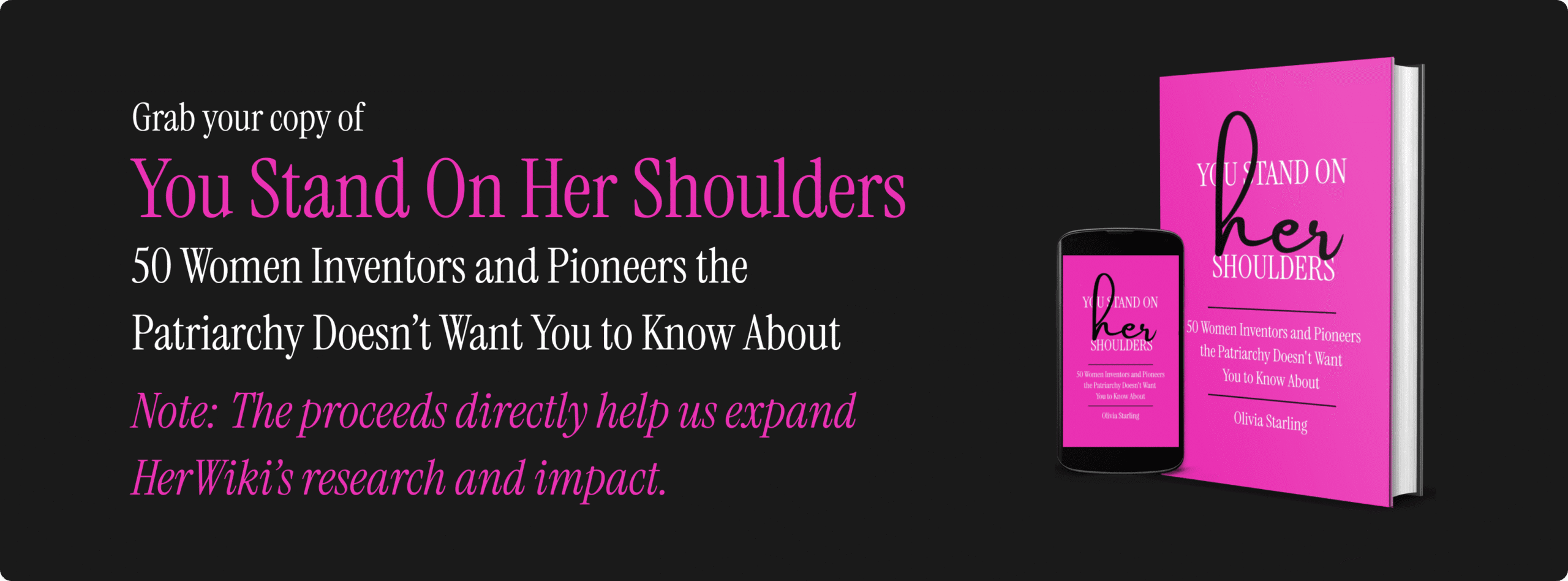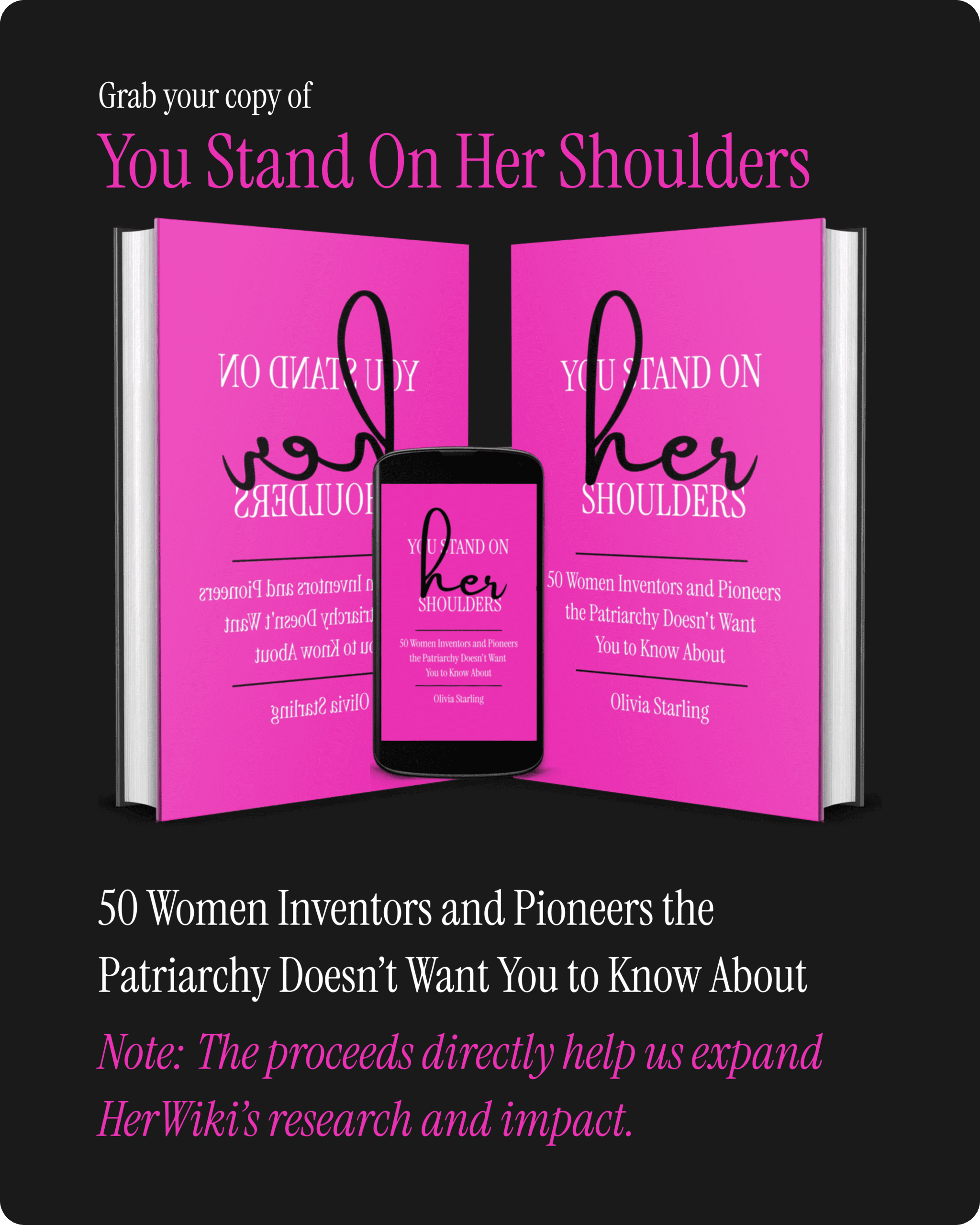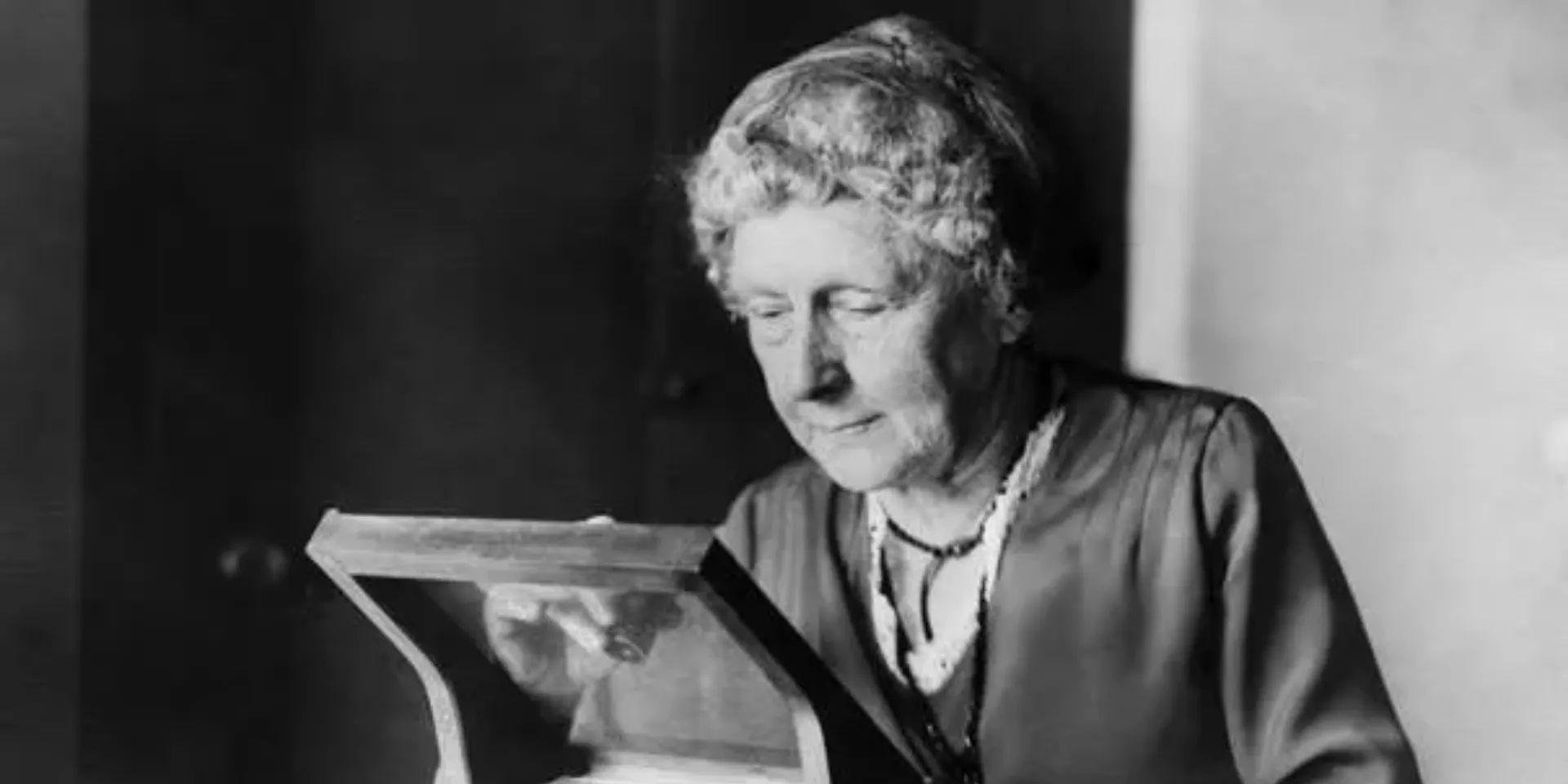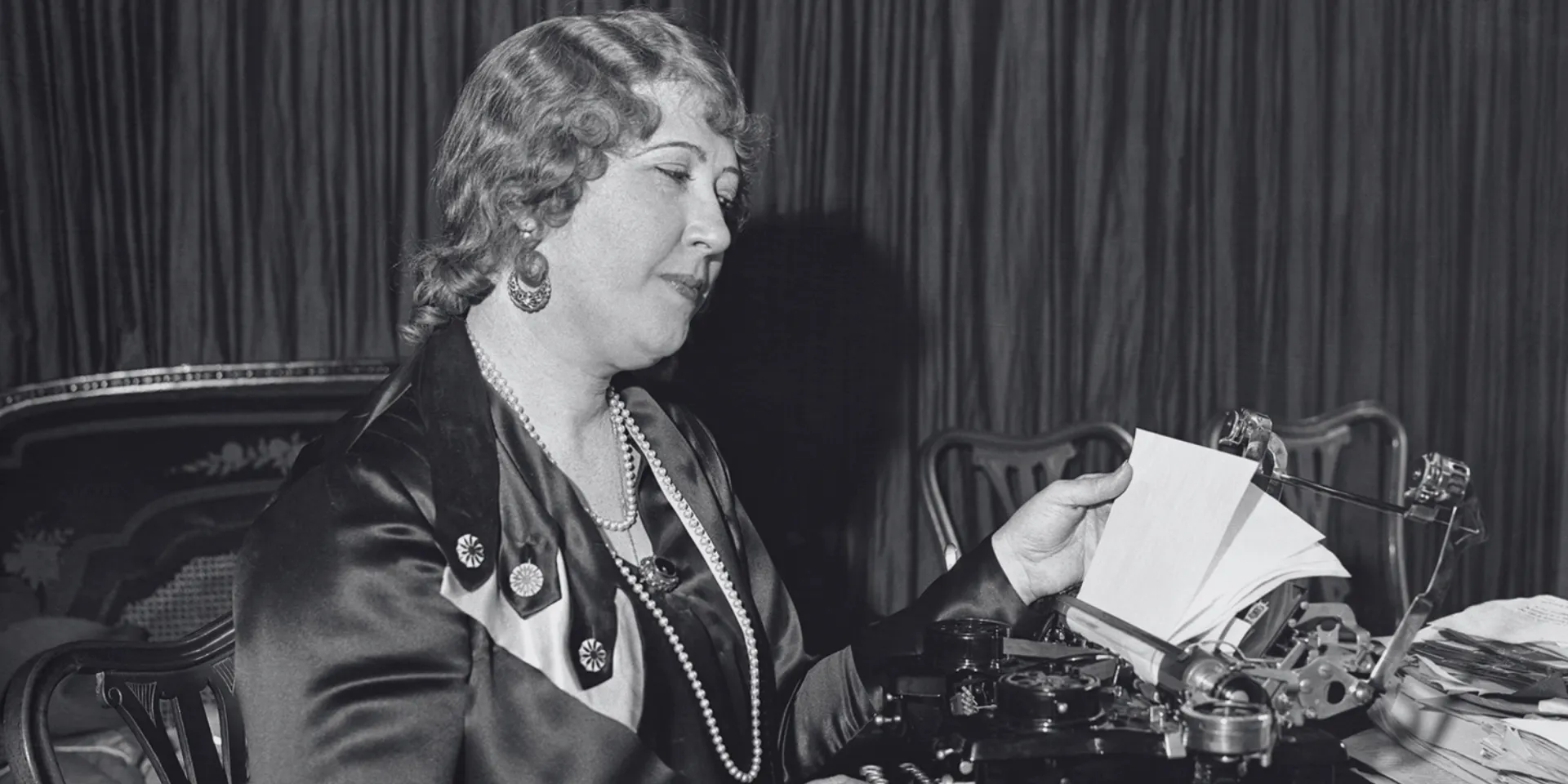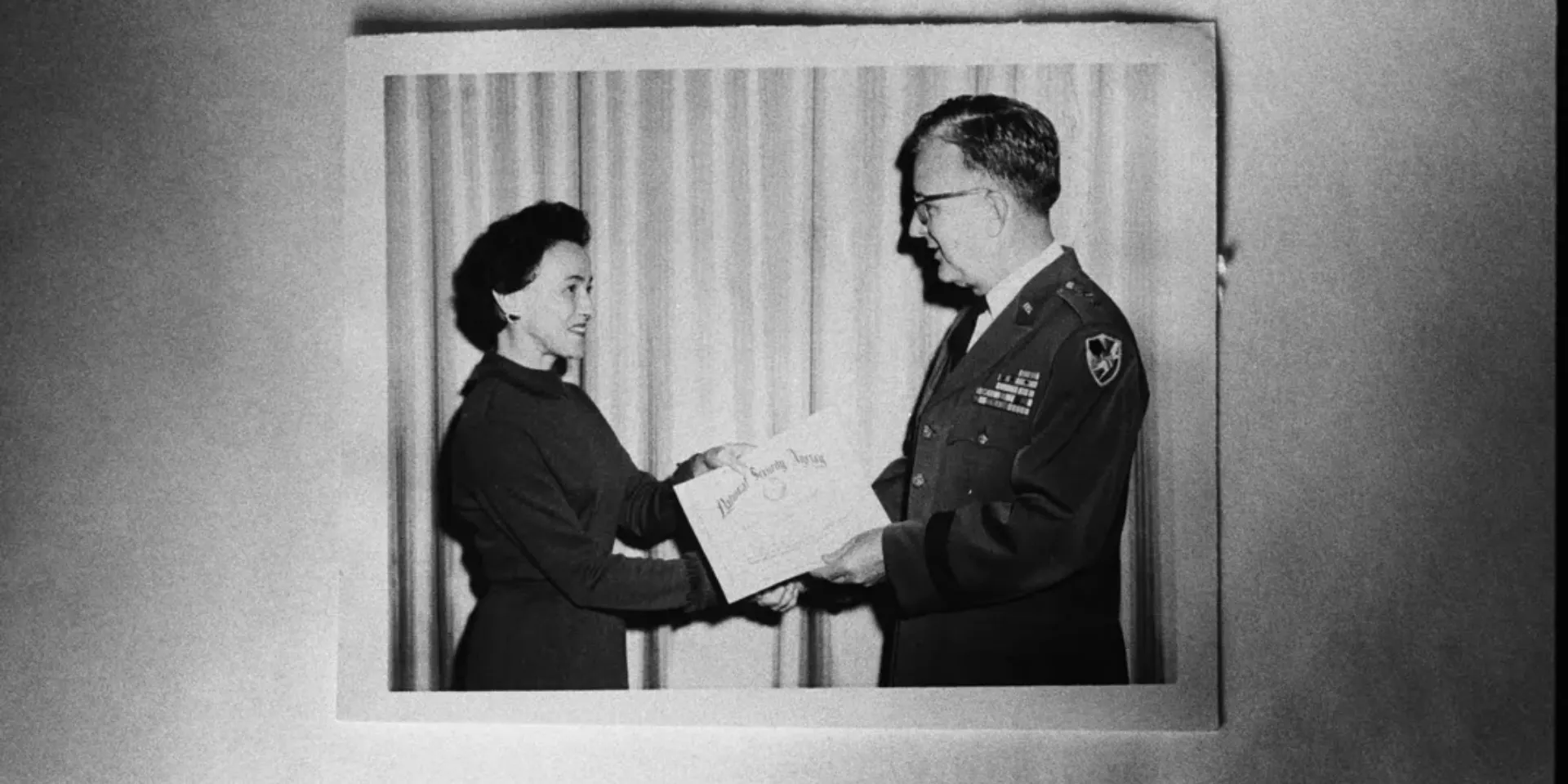Contents
ToggleWhen Mary Winston Jackson walked into the segregated West Area Computing division at NASA’s Langley Research Center in 1951, America was still denying opportunities to Black women in science and engineering. By the time she retired in 1985, she had shattered those barriers so completely that her legacy would reshape how an entire nation thought about who belonged in the rooms where space exploration happened.
Jackson didn’t just become NASA’s first Black female engineer. She spent decades methodically dismantling the systems that kept women and minorities from advancing in technical fields. Her story reveals how one woman’s refusal to accept limitations created pathways that thousands of others would follow into careers that had been closed to them.
Growing Up in Jim Crow Hampton
Mary Winston was born on April 9, 1921, in Hampton, Virginia, during an era when the South’s racial segregation laws touched every aspect of daily life. Her parents, Ella and Frank Winston, lived in a community where Black families had to navigate constant restrictions on where they could work, shop, eat, or go to school.
Hampton was different from many Southern cities in one crucial way. It was home to Hampton Institute, a historically Black university that had been training Black teachers, nurses, and other professionals since 1868. This meant that Mary grew up seeing educated Black professionals who had found ways to build successful careers despite segregation.
The Winston family valued education above almost everything else. Mary’s parents understood that academic achievement was one of the few paths available for their daughter to create a better life. They pushed her to excel in school and made sure she had access to books and learning materials that many Black families couldn’t afford.
Mary attended Phenix High School, the only high school available to Black students in Hampton. Despite limited resources and outdated textbooks, she graduated with the highest honors in her class. This achievement was remarkable considering the educational disadvantages that segregated schools imposed on Black students throughout the South.
At Phenix High School, Mary discovered her talent for mathematics. Her teachers recognized her abilities and encouraged her to pursue higher education. In the 1930s, this kind of encouragement was crucial for Black students who rarely saw examples of people who looked like them working in technical fields.
College Years and Early Career Struggles
In 1942, Mary graduated from Hampton Institute with dual bachelor’s degrees in mathematics and physical science. This combination was unusual for women of any race during the 1940s. Most women who attended college studied education, nursing, or liberal arts. Mary’s choice to focus on mathematics and science reflected both her personal interests and her determination to enter fields where few women had succeeded.
During her college years, Mary was initiated into the Gamma Theta chapter of Alpha Kappa Alpha sorority. This connection would prove important throughout her life, as AKA provided a network of educated Black women who supported each other’s professional advancement. The sorority’s emphasis on academic excellence and community service shaped Mary’s values and career choices.
After graduation, Mary faced the harsh reality that her impressive education had prepared her for jobs that didn’t exist for Black women. The most prestigious scientific and engineering positions were reserved for white men. Even entry-level technical jobs were typically closed to women, and the few that existed were almost always limited to white women.
Mary’s first job was teaching mathematics at an all-Black school in Calvert County, Maryland. Teaching was one of the few professions available to educated Black women, but Mary found it frustrating. She wanted to use her mathematical skills to solve complex technical problems, not just help high school students learn basic concepts.
After one year of teaching, Mary returned to Hampton and took a job as a bookkeeper at the National Catholic Community Center. This work was steady but didn’t challenge her intellectual abilities. She also worked as a receptionist and clerk at Hampton Institute’s Health Department while continuing to tutor high school and college students in mathematics.
In 1944, Mary married Levi Jackson Sr., a sailor in the U.S. Navy. Their marriage would last until Levi’s death in 1992, and they would have two children together: Levi Jr. and Carolyn Marie. Managing a household while pursuing her career goals would require constant balancing of competing demands.
In 1951, Mary took a position as a clerk at the Office of the Chief Army Field Forces at Fort Monroe. This job brought her closer to the military’s technical operations and gave her exposure to the kind of mathematical work that interested her. It also positioned her to learn about opportunities at the nearby Langley Research Center.
Entering the World of Aeronautical Research
The National Advisory Committee for Aeronautics (NACA) recruited Mary Jackson in 1951, bringing her into the segregated West Area Computing division at Langley Research Center. This hiring was part of NACA’s response to the massive computational demands created by America’s expanding aviation industry and the early stages of the space race.
The West Area Computing division was both an opportunity and a reminder of the limitations imposed by segregation. NACA had created this separate division specifically for Black women who worked as “human computers” – performing complex mathematical calculations that were essential for aircraft design and testing. These women did the same work as their white counterparts but were physically separated and often paid less.
Mary’s supervisor was Dorothy Vaughan, a mathematician who had become the first Black supervisor at NACA. Vaughan understood the challenges facing Black women in technical fields and worked to create opportunities for advancement. She recognized Mary’s abilities and made sure she received assignments that would develop her skills and demonstrate her capabilities.
The work involved analyzing data from wind tunnel tests and flight experiments. Mary and her colleagues would receive raw data from engineers and use mathematical formulas to calculate forces, pressures, and other variables that affected aircraft performance. This work required precision, speed, and deep understanding of aerodynamic principles.
Despite the segregated working conditions, Mary found the work intellectually stimulating in ways that her previous jobs had not been. She was contributing to cutting-edge research that was advancing American aviation technology. The calculations she performed helped engineers design faster, safer, and more efficient aircraft.
Mary quickly distinguished herself as one of the most capable mathematicians in the West Area Computing division. Her work was consistently accurate and thorough, and she showed ability to understand complex engineering concepts that went beyond pure mathematics. This combination of mathematical skill and engineering insight would prove crucial to her career advancement.
The Path to Engineering
In 1953, engineer Kazimierz Czarnecki offered Mary a position working with him in the Supersonic Pressure Tunnel. This assignment would change the trajectory of her entire career. Czarnecki was a Polish immigrant who had earned respect at NACA for his expertise in high-speed aerodynamics. His willingness to work with a Black woman was unusual for the time and reflected his focus on ability rather than conventional prejudices.
The Supersonic Pressure Tunnel was one of the most advanced research facilities in the world. The four-by-four-foot tunnel could generate winds at almost twice the speed of sound, allowing researchers to study the forces that affected aircraft flying at supersonic speeds. This research was crucial for developing military jets and would later contribute to spacecraft design.
Working with Czarnecki gave Mary exposure to engineering problems that went far beyond mathematical calculation. She began to understand how theoretical principles translated into practical design decisions. She learned to interpret complex data patterns and suggest modifications that could improve aircraft performance.
Czarnecki recognized Mary’s engineering potential and encouraged her to pursue formal engineering training. This suggestion was both exciting and daunting. Becoming an engineer would allow Mary to do the kind of work she had always wanted, but the path was filled with obstacles that few people had successfully navigated.
To qualify for promotion to engineer, Mary needed to complete graduate-level courses in mathematics and physics. The University of Virginia offered these courses through a night program, but the classes were held at Hampton High School, an all-white institution. This meant that Mary would need special permission to attend classes in a segregated facility.
Mary petitioned the City of Hampton to allow her to attend the engineering courses. This required considerable courage, as challenging segregation policies could result in harassment or even violence. The petition process took months and required support from NACA supervisors who were willing to vouch for Mary’s qualifications and character.
The city eventually granted Mary’s petition, making her one of the first Black students to attend classes at the previously all-white high school. This breakthrough created a precedent that would benefit other Black professionals seeking advanced training. Mary’s willingness to challenge the system opened doors that had been closed to an entire generation of talented individuals.
Becoming NASA’s First Black Female Engineer
Mary completed her engineering coursework in 1958, the same year that NACA became the National Aeronautics and Space Administration (NASA). Her promotion to aerospace engineer made her NASA’s first Black female engineer, a achievement that broke multiple barriers simultaneously.
The timing was significant for several reasons. NASA’s formation reflected America’s commitment to competing with the Soviet Union in space exploration. This competition created demand for the best available talent, regardless of race or gender. Mary’s promotion demonstrated that NASA was beginning to recognize that its success depended on utilizing all available human resources.
As an aerospace engineer, Mary worked in the Theoretical Aerodynamics Branch of the Subsonic-Transonic Aerodynamics Division. Her responsibilities included analyzing data from wind tunnel experiments and actual aircraft flight tests. The goal was to understand airflow patterns, thrust, and drag forces that affected aircraft performance.
HerWiki is built and maintained by the support of amazing readers like you. If this story inspired you, join the cause and help us make HerWiki bigger and better.
This work required combining theoretical knowledge with practical problem-solving skills. Mary had to understand complex mathematical relationships while also considering how those relationships applied to real-world engineering challenges. She needed to communicate her findings clearly to other engineers and suggest modifications that could improve aircraft design.
Mary’s engineering work contributed to advances in aircraft design that made flying safer and more efficient. Her analysis helped engineers understand how different wing shapes, surface textures, and structural modifications affected aircraft performance. This research laid groundwork for improvements in both military and civilian aircraft.
During her engineering career, Mary authored or co-authored twelve technical papers for NACA and NASA. These publications established her reputation as a serious researcher whose work contributed to the advancement of aeronautical science. Her papers dealt with complex topics like boundary layer transition, turbulent airflow, and supersonic aerodynamics.
The technical papers Mary published were not just academic exercises. They provided practical information that other engineers could use to improve aircraft design. Her work on boundary layer transition, for example, helped engineers understand how airflow changed from smooth to turbulent patterns, which affected aircraft efficiency and control.
Advancing Through Multiple NASA Divisions
Throughout her engineering career, Mary worked in several different NASA divisions, gaining experience with various aspects of aeronautical research. She moved through the Compressibility Research Division, Full-Scale Research Division, High-Speed Aerodynamics Division, and the Subsonic-Transonic Aerodynamics Division. Each assignment expanded her knowledge and demonstrated her versatility.
The Full-Scale Research Division focused on testing actual aircraft rather than small models. This work required Mary to analyze data from flight tests where real pilots flew experimental aircraft under controlled conditions. The stakes were higher because the research involved human safety and expensive equipment.
In the High-Speed Aerodynamics Division, Mary worked on problems related to aircraft flying at speeds approaching or exceeding the speed of sound. This research was particularly important for military applications, as jet fighters needed to operate effectively at supersonic speeds. Her work contributed to understanding how aircraft could be designed to remain stable and controllable at extreme velocities.
The Subsonic-Transonic Aerodynamics Division dealt with aircraft flying at speeds below the speed of sound but fast enough to encounter some compressibility effects. This research was crucial for civilian aviation, as commercial airlines needed aircraft that could fly efficiently at high subsonic speeds.
Mary’s ability to contribute effectively in multiple divisions demonstrated her broad understanding of aerodynamic principles and her capacity to adapt to different research challenges. This versatility made her valuable to NASA and helped establish her reputation as one of the organization’s most capable engineers.
By 1979, Mary had achieved the most senior engineering title available at NASA. She had reached the top of the technical career ladder and could not advance further without moving into management roles. This situation forced her to make a difficult decision about the direction of her career.
The Strategic Career Change
Mary’s decision to leave engineering and move into administration reflected both personal values and strategic thinking about how she could have the greatest impact. She realized that continuing in technical roles would limit her ability to address the systemic barriers that prevented other women and minorities from advancing in NASA.
In 1979, Mary accepted a demotion to become Federal Women’s Program Manager in NASA’s Office of Equal Opportunity Programs. She also took on responsibilities as Affirmative Action Program Manager. These positions gave her authority to influence hiring and promotion policies that affected women and minorities throughout the organization.
This career change required considerable personal sacrifice. Mary gave up the prestige and higher salary of her senior engineering position to take on administrative roles that many people viewed as less important. She understood that changing systems was often more valuable than individual technical achievements, even though it meant stepping away from the work she loved.
Mary’s new responsibilities included developing programs to recruit women and minorities for technical positions at NASA. She worked to identify talented individuals who might not have considered aerospace careers and helped them understand the opportunities available. She also worked to change organizational cultures that had traditionally excluded women and minorities.
The Federal Women’s Program focused specifically on advancing women’s careers throughout NASA. Mary developed mentoring programs, career development workshops, and policy changes that made it easier for women to succeed in technical fields. She understood that individual talent was not enough without systemic support.
As Affirmative Action Program Manager, Mary worked to ensure that NASA’s hiring and promotion practices provided equal opportunities for all qualified candidates. This involved reviewing personnel policies, investigating complaints of discrimination, and working with managers to eliminate practices that unfairly disadvantaged women and minorities.
Creating Pathways for Others
Mary’s work in equal opportunity programs had effects that extended far beyond NASA. The policies and practices she developed became models that other government agencies and private companies adopted. Her efforts contributed to broader social changes that opened technical careers to groups that had been systematically excluded.
One of Mary’s most important contributions was developing strategies to identify and recruit talented women and minorities who might not have considered aerospace careers. She understood that many qualified individuals never applied for NASA positions because they assumed they would not be welcome or successful.
Mary worked with historically Black colleges and universities to identify promising students who could be recruited for NASA internships and entry-level positions. She also developed relationships with women’s professional organizations and minority engineering societies to expand NASA’s recruitment networks.
The mentoring programs Mary established provided ongoing support for women and minorities who joined NASA. She understood that recruitment was only the first step and that retention required creating environments where diverse employees could succeed and advance. Her programs paired experienced employees with newcomers to provide guidance and support.
Mary also worked to change evaluation and promotion criteria that inadvertently favored traditional candidates. She helped develop more inclusive performance standards that recognized different types of contributions and leadership styles. These changes made it possible for women and minorities to advance based on their actual contributions rather than their ability to conform to traditional expectations.
The policy changes Mary advocated went beyond formal regulations to address cultural practices that created barriers for women and minorities. She worked to change meeting schedules, communication styles, and informal networking practices that excluded people who didn’t fit traditional patterns.
Hidden Contributions
Mary’s technical contributions to NASA went far beyond her published papers and official responsibilities. She served as an unofficial mentor and advisor to countless colleagues who sought her expertise on complex engineering problems. Her deep understanding of aerodynamic principles made her a valuable resource for engineers working on challenging projects.
During the Apollo program, Mary’s expertise in boundary layer analysis contributed to spacecraft design decisions that affected mission success. While she was not directly assigned to the program, her research on airflow patterns and surface interactions informed the work of engineers who designed heat shields and control systems for lunar missions.
Mary also contributed to the development of testing procedures and data analysis methods that became standard practices at NASA. Her experience with multiple types of wind tunnel experiments gave her insights into how testing protocols could be improved to provide more accurate and useful data.
Throughout her career, Mary maintained her commitment to education and community service. She continued tutoring mathematics and science students, helping young people develop the skills they would need for technical careers. This work was particularly important for students from backgrounds similar to her own who rarely saw examples of people who had succeeded in engineering fields.
Mary’s service as a Girl Scout leader for more than thirty years reflected her dedication to developing young women’s confidence and capabilities. In the 1970s, she helped African American children in her community build a miniature wind tunnel for testing model airplanes. This project introduced them to engineering concepts and demonstrated that scientific research could be accessible and enjoyable.
The miniature wind tunnel project was particularly significant because it gave minority children hands-on experience with the same types of experiments that were conducted at NASA. Mary understood that exposure to scientific thinking and methods was crucial for developing interest in technical careers.
The Legacy
Mary Jackson’s contributions to aerospace engineering and equal opportunity began receiving broader recognition during the final decades of her life. The 2016 publication of “Hidden Figures” by Margot Lee Shetterly brought Mary’s story to public attention and highlighted the contributions of Black women to America’s space program.
The success of the book and subsequent film demonstrated public interest in learning about previously overlooked contributions to major historical achievements. Mary’s story resonated with audiences because it combined individual accomplishment with broader themes about justice, opportunity, and the value of diverse perspectives.
In 2019, Mary was posthumously awarded the Congressional Gold Medal, one of the highest civilian honors in the United States. This recognition acknowledged not only her technical contributions but also her role in advancing equal opportunity in federal employment. The award represented official acknowledgment of achievements that had been overlooked for decades.
The 2021 decision to rename NASA’s Washington headquarters the Mary W. Jackson NASA Headquarters represented the most visible recognition of her legacy. This honor placed her name on one of the most important buildings in American space exploration and ensured that future generations would learn about her contributions.
The naming ceremony included statements from NASA administrators acknowledging that Mary’s work had been essential to the organization’s success. These acknowledgments represented a significant change from earlier eras when the contributions of women and minorities were minimized or ignored entirely.
Impact on Modern STEM Education and Careers
Mary Jackson’s legacy continues to influence efforts to increase diversity in science, technology, engineering, and mathematics (STEM) fields. Her story is now included in curricula designed to show young people that STEM careers are accessible to people from all backgrounds.
Educational programs inspired by Mary’s example focus on providing hands-on experience with scientific concepts and engineering challenges. These programs recognize that abstract theoretical knowledge is less engaging than practical applications that demonstrate how scientific principles solve real-world problems.
The Mary Jackson story has become particularly important for encouraging young women and minorities to consider aerospace careers. Her example demonstrates that individual determination combined with systemic support can overcome significant barriers and lead to meaningful contributions.
Professional organizations and diversity advocates use Mary’s career as an example of how mentoring and institutional support can help talented individuals succeed in challenging environments. Her transition from technical work to equal opportunity programs shows how experienced professionals can multiply their impact by helping others advance.
NASA continues to reference Mary’s legacy in recruitment and retention efforts designed to attract diverse talent. The organization recognizes that her story illustrates both the potential contributions of underrepresented groups and the institutional changes necessary to realize that potential.
Mary Jackson’s career represents more than individual achievement in aerospace engineering. Her story illuminates broader patterns about how women have contributed to technological advancement despite systematic exclusion from recognition and opportunity.
The segregated West Area Computing division where Mary began her NASA career employed dozens of Black women who performed essential mathematical work for American aviation development. These women’s contributions were crucial to aircraft design and testing, but their work was largely invisible to the public and even to many of their NASA colleagues.
Mary’s transition from mathematician to engineer represented a breakthrough that required challenging both racial and gender barriers simultaneously. Her success demonstrated that the exclusion of women and minorities from technical fields represented a waste of human talent that weakened American technological capabilities.
The policy work Mary pursued after achieving senior engineering status showed understanding that individual advancement was insufficient without systemic change. Her willingness to sacrifice personal prestige to work for broader opportunities demonstrated commitment to collective progress rather than just personal success.
Mary’s story also reveals how women’s professional achievements have often been obscured by focus on their family roles. Despite her groundbreaking career, many early accounts of her life emphasized her marriage and children while minimizing her technical contributions and leadership in equal opportunity programs.
Mary Jackson’s approach to overcoming barriers provides insights relevant to contemporary discussions about diversity, equity, and inclusion in STEM fields. Her combination of technical excellence, strategic thinking, and commitment to helping others offers a model for individuals seeking to create change in resistant institutions.
The petition process Mary used to gain access to engineering courses demonstrates the importance of formal challenges to discriminatory policies. Her willingness to navigate bureaucratic procedures and accept personal risk created precedents that benefited others who faced similar barriers.
Mary’s career transition from engineering to equal opportunity work illustrates how experienced professionals can leverage their credibility and expertise to advocate for systemic changes. Her technical background gave her authority to speak about barriers facing women and minorities in ways that purely administrative advocates might not have possessed.
The mentoring and support networks Mary created show how individual actions can have multiplying effects on organizational culture and opportunities for advancement. Her understanding that changing systems required sustained effort and collaboration remains relevant for contemporary diversity initiatives.
Mary Jackson died on February 11, 2005, having lived to see significant changes in opportunities for women and minorities in technical fields. While substantial challenges remain, her legacy demonstrates that determined individuals working within institutions can create lasting changes that benefit entire generations of future professionals. Her story continues to inspire people who understand that technical excellence and social justice are not competing values but complementary aspects of building a better world.



